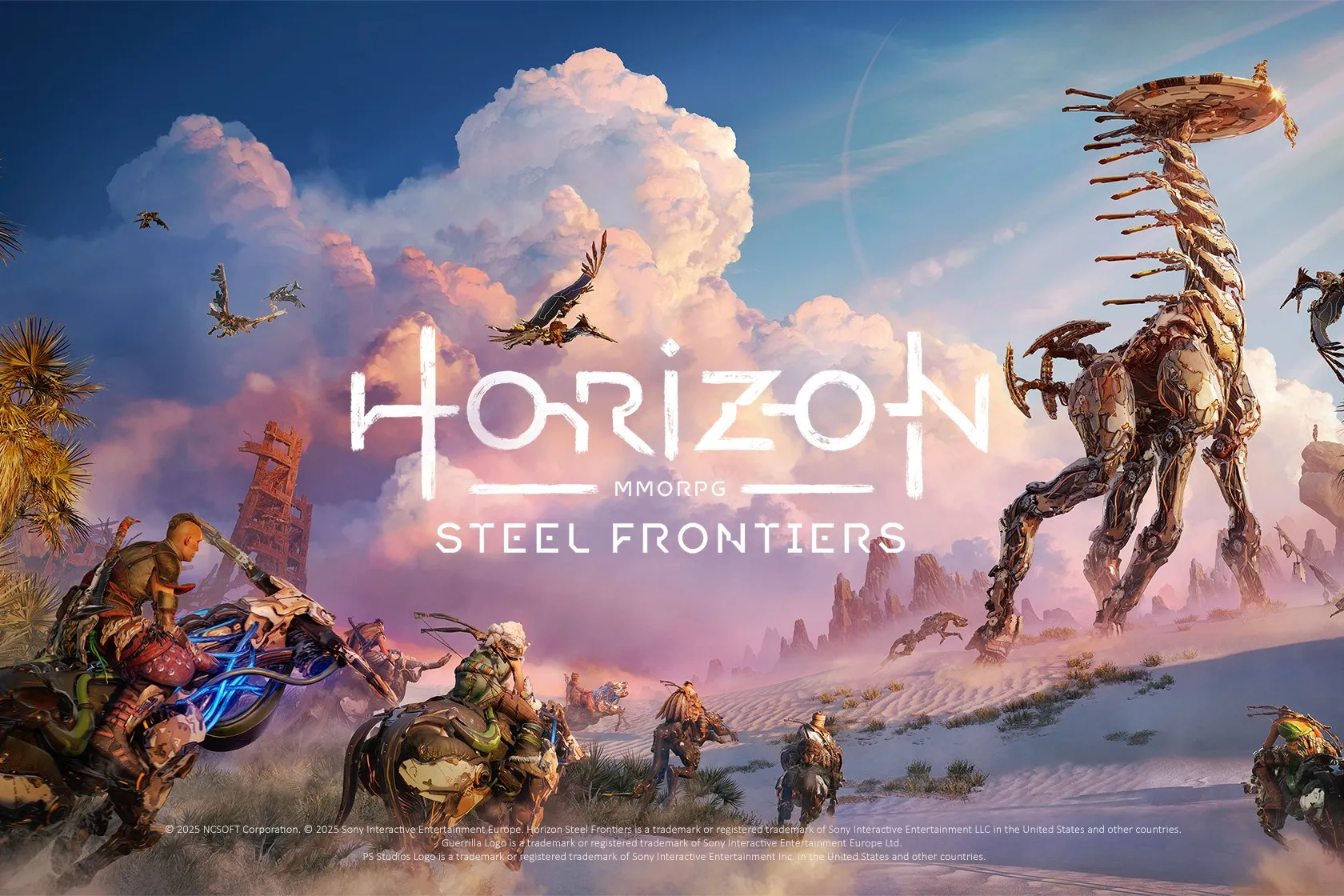OpenAI has officially released Sora 2, its next-generation text-to-video model, alongside a new standalone app called Sora. The launch represents a significant upgrade over the original Sora model, introducing synchronized audio, more realistic physics, and stronger frame consistency for generated videos.
Sora 2 builds on OpenAI’s earlier video generation systems with several improvements. The model now produces audio synchronized with on-screen subjects, avoiding the mismatched lips and sound that plagued earlier tools. Physical realism has also been enhanced, with objects moving more believably and interactions following consistent rules.
The model’s fidelity and length have been extended, allowing users to generate longer, smoother clips with fewer glitches. OpenAI has also added remixing capabilities so creators can expand existing clips or combine multiple assets.
Each video generated through Sora 2 carries a visible watermark, clearly labeling it as AI-generated for transparency.
The Sora App
The new Sora app integrates these tools into a TikTok-style vertical feed. Users can generate videos directly from prompts, remix clips, or collaborate using “cameos,” which allow individuals to authorize their likeness to appear in generated content after a one-time identity verification.
The app includes commenting and remix features, designed to make Sora a social platform as much as a creative tool.
Availability
Sora 2 and the Sora app are launching first in the United States and Canada. Access is currently invite-only, beginning with ChatGPT Pro subscribers and expanding later to Plus and Team users. Invitations are being delivered in stages, with further international rollouts planned.
OpenAI also plans to integrate Sora 2 into its API, keeping the original Sora and Sora Turbo available for developers and enterprise users.
The release comes as companies like Google continue to push their own text-to-video models, such as Veo 3. OpenAI is positioning Sora 2 as a production-grade tool for creators, brands, and developers, emphasizing both realism and usability as key differentiators.





